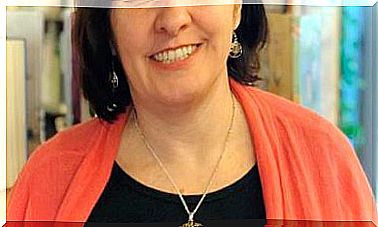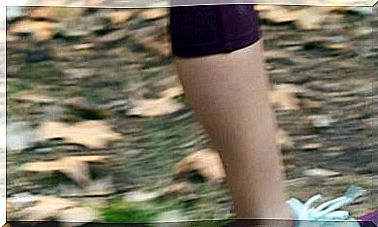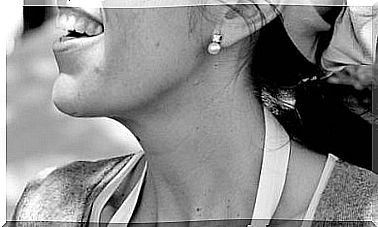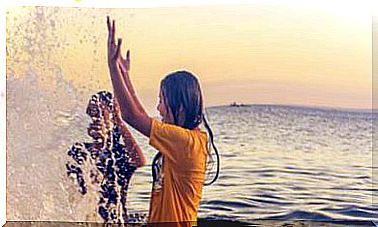“You Have To Put Yourself In The Shoes Of The Other Before Asking For Changes”
Dr. Jaci Molins Roca applies coaching in the medical consultation to facilitate the healing of patients, motivating them to adopt healthy habits.
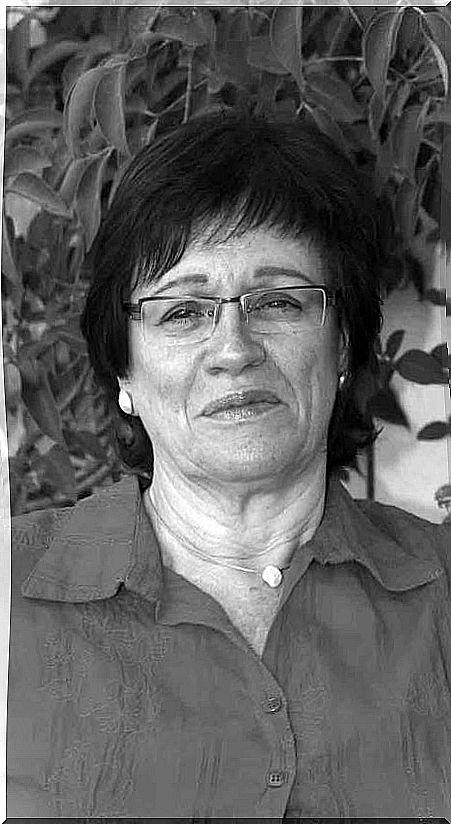
Jaci Molins worked as a clinical assistant while studying nursing and as a nurse while studying medicine. She has worked in contact with the patient for more than thirty years and was the medical director of the Hospital Santa Tecla de Tarragona, among other responsibilities.
Practicing as a doctor, she became a psychotherapist and coach to enhance the healing resources of patients from the medical consultation. She is the author of the book Coaching and Health: Patients and doctors, a new attitude (Editorial Platform): a work that provides tools, both to the health professional and to the patient, to communicate effectively in order to overcome the disease.
If coaching is, as she claims, a methodology to achieve personal and professional goals, this nice and talkative woman does what she preaches. He tells us that improving the health of patients is a true passion.
More questions and less advice
–It is still rare to see training in psychotherapy and coaching in the curricula of doctors. What led you to be interested in these disciplines and to study them?
– Perhaps it was because I have always been interested in something more than the strictly biological aspect of the disease. I think the main reason was the mismatch between what I learned in college and daily practice. In the medical career I studied that a disease was diagnosed and treated in a single way, similar for all.
In my professional practice I realized that this is not always the case, and that there are patients who, having the same disease, react differently. Having a disease is not the same as being or feeling sick. Therefore, to understand what factors influence the disease and how I could find solutions, I was encouraged to delve deeper into the human mind. I had always been interested in psychology. As I was studying, I discovered new ways that guided me to be more effective in my interventions in order to help patients improve. And that’s how I discovered coaching.
–How is coaching applied to health?
–Coaching is a work model that allows the person to establish and achieve personal or professional goals. Within coaching there can be different types. My specialty, health coaching, proposes small and easy steps to carry out that allow the professional and the patient to establish a relationship of trust that helps the person in their recovery process.
–Do you teach doctors and patients to communicate better?
-Yes. Coaching uses various communication skills: active listening, empathy … which promote harmony and trust. Establishing a climate of trust is essential to promote improvements.
“Communicating better helps to heal. In order for the patient to find solutions to his problems, the coach asks questions that stimulate him to reflect.”
– Trust and understanding then help to heal?
–Understanding the particular world of each patient helps us to discover a door through which to access to be able to help them to be more aware, take responsibility and take the commitment to carry out the actions that allow them to achieve their objectives.
–The doctor has a few minutes for each patient. Can coaching be reconciled with this lack of time?
–It is true, we have very little time and it is a pity. But we must ensure that this time is of quality. Coaching precisely makes it easier for health professionals to be more effective and affective in their interventions.
– What difference is coaching from what would be a mere counseling or a lecture?
– Counseling or lecturing places the patient in a passive position that is of little use, although we are very used to this practice with children and friends. It is also very common in the professional field. But it is much more useful for the patient himself to find the solutions to his problems. The coach achieves this objective by asking questions that stimulate the patient to reflect. In this way, he has a much more active role and that allows him to make his own decisions.
Motivation to change habits
– Many difficulties of the patients have to do with harmful habits or with little conscience to maintain health. How can we influence those habits?
– Often habits are deeply ingrained and are related to personal, family, cultural history … A habit takes time to establish and sometimes it takes much longer to eliminate it. As an example we have tobacco: if it were easy to quit, no doctor would smoke because everyone knows that it is harmful. To have a positive influence, the coach helps to visualize the future without the harmful habit and with the advantages of having changed it for a healthier one. In the same way, if we want to change a sedentary life for a more active life and carry out an activity that we like (essential requirement), it will be of great help to see ourselves in the future practicing it, to feel more agile … That is more effective than focusing on what we it is done badly or to believe that one is incapable of changing.
–Sometimes it seems that a person does not have enough willpower to improve their health. How would coaching help in those situations?
–The thing about the willpower squeaks me and it sounds like a childhood sermon. When something really interests us, we do it and we draw strength from within. As I said, you have to envision a future with the situation overcome and experience the benefits. The coach’s follow-up is important, as well as his congratulations on our progress. And also learn to celebrate yourself.
– Can a sick person be “positive”?
-I think so. In the consultation I like to mention the example of seeing the glass half full instead of half empty, because everyone knows it and understands it. But it depends a lot on the type of disease and the situations in which we find ourselves, sometimes very hard. In these cases, before seeing the positive part, it is necessary to elaborate the duel; the more serious it is, the more time is required for it, and in addition, each person has their own rhythms and needs. Then each one must use their resources to turn the situation around and focus on what they can learn from what is happening to them.
–You compare the coach with a “coach”. But how are they different?
–In Spanish the word coach has not been translated because he is a very special coach, who does not indicate what actions should be carried out or how, but rather asks, facilitates and accompanies the person.
–And how does the coach know that a patient will progress, that he will make changes?
–Essentially non-verbal language. When a person wants to change and act, it shows in the expression of the face, in the gestures more than in the words. We are all trained to recognize these signs, but observation can be improved by being more attentive.
–Is empathy and true listening are healing in themselves?
–Those are two of the main qualities that a good coach must have and by themselves they are already therapeutic. I have had patients who have thanked me just for listening, with practically no intervention from me.
Relaxation and learning: help against illness and pain
–Can knowing how to relax be as effective a therapy as those provided by some great medical advances? And if so, how do you get patients to relax more?
–Relaxation works for everything, both to prevent diseases and control stress and to help cope with pain. There are very simple techniques that allow you to combat pain.
One that I sometimes apply and that I describe in the book is for the patient to draw the “pain monster.” It should be a drawing, more or less well drawn, that represents your current discomfort. You can also paint it or give it a name if you wish. The important thing in this case is that the patient realizes what situations or actions contribute to the maintenance or elimination of the monster, or to making it bigger or smaller. With this technique the pain or the problem is transferred in a certain way to the drawing and that makes it more manageable.
The patient changes his vision: the problem is no longer “him”, but is now on the outside. With that new perspective, it is easier for you to find solutions. This tool is very simple to apply in the consultation. It helps us to explain the disease on the same drawing, and it also allows us to ask the patient to reflect at home before the next visit.
–What would be the contribution of your coaching model in problems such as anxiety?
–Anxiety is a very frequent manifestation that often hides other problems. If we treat it only with medicines, we do not help to detect them. With coaching, you can help the patient to discover what is bothering him by asking a few questions, and then help him to enhance his abilities so that he can take the necessary steps to solve it. In the book I dedicate a chapter to anxiety attacks and describe a real case of how to control them. Depending on how serious or established the anxiety is, it will be necessary to refer the patient to psychotherapy or not, or simply treat him in the medical consultation using the coaching methodology.
“Nobody voluntarily chooses to be sick, and you have to put yourself in the shoes of the other before asking for changes.”
–After suffering great illnesses, some people have taken a dramatic turn in their lives. Does the disease sometimes hide some learning?
-Yes. Human beings can learn from difficulties. An illness can confront a person with his reality and make him aware of situations in which he did not notice before. The disease can make you feel the need for a change that improves your life. For example, a businessman suffers a heart attack and from then on his priorities and lifestyle change.
–You have been a nurse, a doctor and a hospital director. If it were in your hand, what would you change in the current health?
– This is a very complex issue because many factors intervene in the patient, in the disease and in the doctor-patient relationship, in addition to biological, personal and family factors. The political, economic and cultural environment conditions the health system and this in turn influences the doctor, the patient and the way of treating the disease. Despite this complexity, changes are possible at all levels. I like to focus on the actions that are within my reach and coaching helps me to do so. To be specific and simple, I focus on the small changes that doctors, nurses, and patients can make to communicate better. That is what I am trying to transform.
–In a chapter of your book you tell how you self-applied coaching after suffering a severe attack of sciatica due to a herniated disc. Do you think that health workers benefit humanly and professionally from what they themselves experience when they are sick?
– In general, yes. I presume to be years old, and I am very proud of it, because this involves experiences, which together with the training have helped me to understand myself and better understand the patients. We must not forget that no one voluntarily chooses to be sick, and that you first have to put yourself in the other’s shoes before asking for changes.
